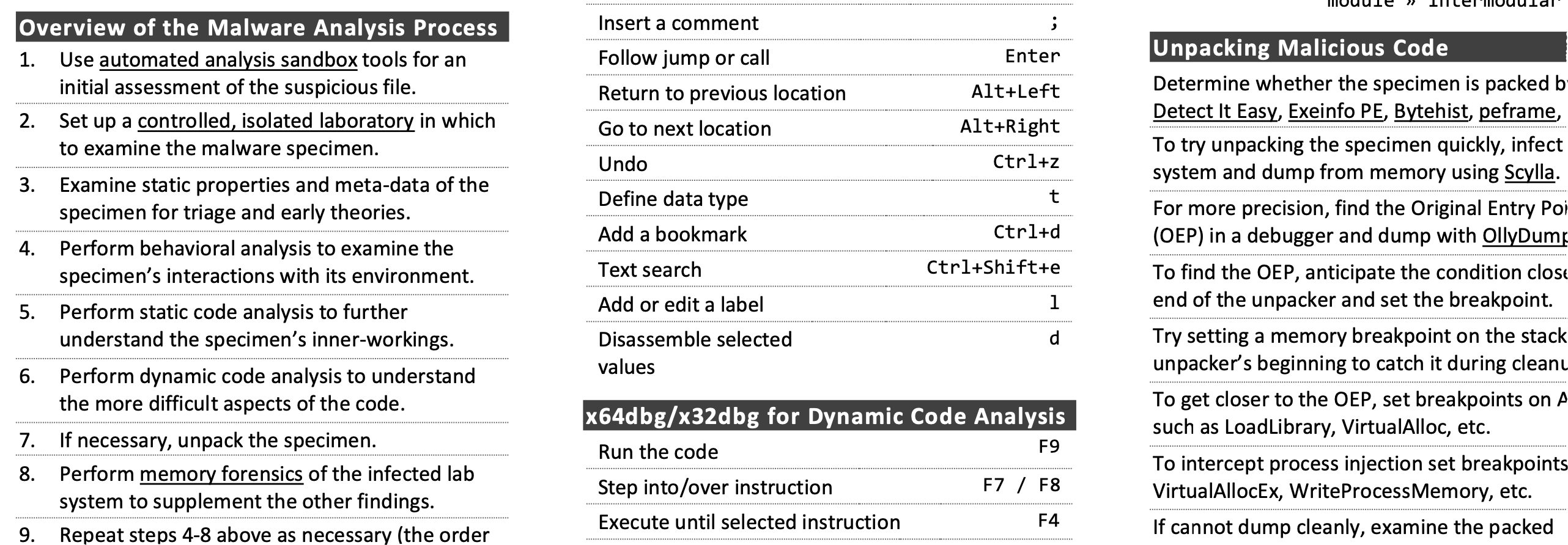Updated: new version here!
I have compiled two cheat sheets about clean code (the ones mentioned in my post about Code Quality!).
Classic American pure-valve sound. Launched in 1997, the JCM2000 Dual Super Lead’s ‘dual mode’ design meant that guitarists could choose either a Clean or Crunch tone from the Classic Gain Channel, whilst the Ultra Gain Channel provided two lead sounds: Lead 1 & Lead 2. In case you’re interested, we also have complete cheat sheets for Bootstrap, HTML, CSS, MySQL, and JavaScript. So download a copy of our Python cheat sheet and get that first.py program up and running! PDF Version of Python Cheat Sheet. Python Cheat Sheet (Download PDF) Infographic Version of Python Cheat Sheet (PNG) Python Cheat Sheet. Building a software project typically consists of such tasks as downloading dependencies, putting additional jars on a classpath, compiling source code into binary code, running tests, packaging compiled code into deployable artifacts such as a JAR, WAR, and ZIP files, and deploying these artifacts to an application server or repository.
The first covers clean code – code that is easy readable and keeps changeable. The second is about Test Driven Development. Both cheat sheets list principles, patterns, practices and smells.
You can download them here – Clean Code Cheat Sheet V1.3, Clean TDD Cheat Sheet V1.2.
Take a look!
I’d like to read your feedback in the comments section…
(just an unreadable preview 🙂 – click on link in text above)
The SQL cheat sheet provides you with the most commonly used SQL statements for your reference. You can download the SQL cheat sheet as follows:

Querying data from a table
Query data in columns c1, c2 from a table
Query all rows and columns from a table
Query data and filter rows with a condition
Query distinct rows from a table
Sort the result set in ascending or descending order
Skip offset of rows and return the next n rows
Group rows using an aggregate function
Filter groups using HAVING clause
Querying from multiple tables
Inner join t1 and t2
Left join t1 and t1
Right join t1 and t2
Perform full outer join
Produce a Cartesian product of rows in tables
Another way to perform cross join
Join t1 to itself using INNER JOIN clause
Using SQL Operators
Combine rows from two queries
Return the intersection of two queries
Subtract a result set from another result set
Query rows using pattern matching %, _
Query rows in a list
Query rows between two values
Check if values in a table is NULL or not
Managing tables
Create a new table with three columns
Delete the table from the database
Add a new column to the table

Drop column c from the table
Add a constraint
Drop a constraint
Rename a table from t1 to t2
Rename column c1 to c2
Remove all data in a table
Using SQL constraints
Set c1 and c2 as a primary key
Set c2 column as a foreign key
Make the values in c1 and c2 unique
Ensure c1 > 0 and values in c1 >= c2
Set values in c2 column not NULL
Modifying Data
Insert one row into a table
Insert multiple rows into a table
Insert rows from t2 into t1
Update new value in the column c1 for all rows
Update values in the column c1, c2 that match the condition

Delete all data in a table
Delete subset of rows in a table
Managing Views
Create a new view that consists of c1 and c2
Create a new view with check option
Create a recursive view
Create a temporary view
Delete a view
Managing indexes
Create an index on c1 and c2 of the t table
Clean Code Cheat Sheet Bbv
Create a unique index on c3, c4 of the t table
Drop an index
Managing triggers
Create or modify a trigger
WHEN
- BEFORE – invoke before the event occurs
- AFTER – invoke after the event occurs
EVENT

- INSERT – invoke for INSERT
- UPDATE – invoke for UPDATE
- DELETE – invoke for DELETE
TRIGGER_TYPE
Clean Code Summary
- FOR EACH ROW
- FOR EACH STATEMENT
Clean Code Cheat Sheet
Delete a specific trigger
